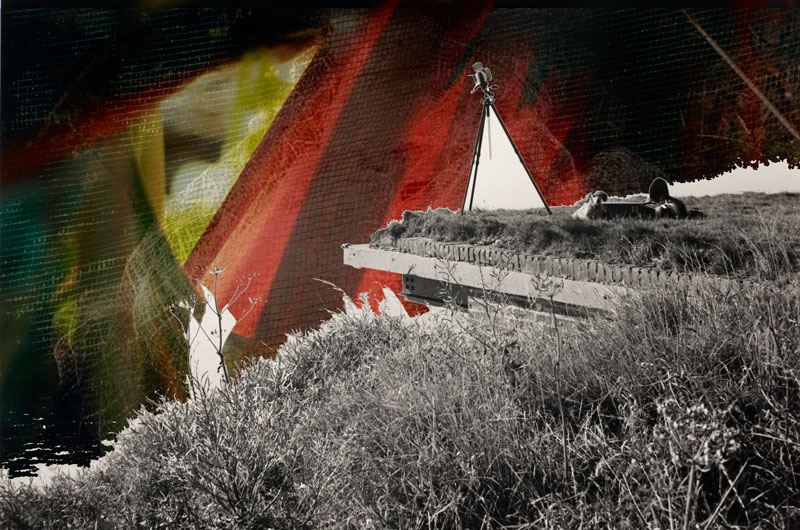Download the transcript for this episode.
This podcast episode talks to three anthropologists, Rachel Douglas-Jones, Rine Vieth, and Kara White, scholars working in three different parts of the world who use multimodal methods in their teaching and research. It is not a history of multimodal methods, or even a really detailed review of them; instead, it is a consideration of some of the issues they raise or resolve for ethnography. [1]

A camera capturing an unknown horizon (Courtesy British Library, FG551-5-26, FG583-3-13a, FG5571-3-14a; Photo collage by author)
Notes
[1] Whatever Tim Ingold has or hasn’t said about ethnography, he inadvertently offered what I think is the most compelling definition when he wrote: It is where we, “join with things in their passage through time, going along together with them, working with them, and suffering with them” (24, 2020). I’m tweaking the first part of this sentence to make it work here, as he’s actually describing the Latin prefix co- and his idea of “the gathering,” but it works for me as a description of doing ethnography.
I want to take this evocation and apply it to ethnographic data itself. What if our data, which we work so carefully to curate and notate, is something we also join with in passage, over time; working and going along together, and even suffering with? The suffering part might sound familiar, at least, but joining? This sticks for me as useful because it shifts vocabularies of what we do to make data away from words like “collection” or “gather,” which preface it as out-there-of-the-world in need of scooping up and shifting about. This turns over even the idea that data is something possibly disembodied and disparate from the people and things we study (with), like finished markings or traces left alone in the world, as if it doesn’t go on living, joining, and transforming ever afterward.
But this podcast is about multimodal methods. Ostensibly. It contains voices and conversations, and some amount of soliloquies, that go near these topics. There is some discussion of visual anthropology, and an appearance by Jean Rouch who, arriving in 2001 before the ubiquitous digital camera, answers a question about the future with a question (Gruber 2006). I think Rouch would have understood the going along together part, easily. Rouch argued that the camera is not merely a recording tool, or a focal point of capture; instead, it catapults a “transformation of the world itself,” as a provocation (Henley 2020, 246, emphasis in original). Probably, so do typewriters, although writing it down isn’t the only transformative part; being there already does that too, and this is where the join part really matters.
So, there’s no notating or sorting out of methods, of any sort, without thinking also about what they stir up and provoke. And it’s useful, not to just ask what multimodal methods are, or what we can or should do with them, but to consider how they might be useful for showing us the ways we are always joining others, of any sort, in and through time, and how we can better reflect (on) this ongoing mutual suffering, this affecting, which is the ethnographic project.
Thanks to Rachel Douglas-Jones, Rine Vieth, and Kara White for lending their thoughts and experiences in consideration of these things. (Check out Rine and Kara’s Platypus posts.)
References
Gruber, Martin. 2006. The Future of Visual Anthropology. Video, 15 min. Germany: Intervention Press, Institute for Visual Ethnography. Accessed March 2024, https://www.youtube.com/watch?v=PvyXCpzpJJs
Hage, Ghassan. 2009. Waiting. Melbourne: Melbourne University Press.
Henely, Paul. 2020. Beyond Observation: A History of Authorship in Ethnographic Film. Manchester: Manchester University Press.
Ingold, Tim. 2020. In the Gathering Shadows of Material Things. In Exploring Materiality and Connectivity in Anthropology and Beyond. Edited by Philipp Schorch, Martin Saxer and Marlen Elders. London: UCL Press. Pp. 17-35.
